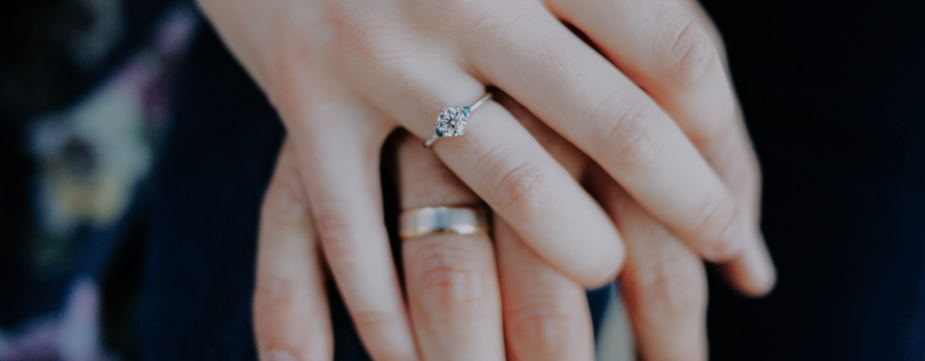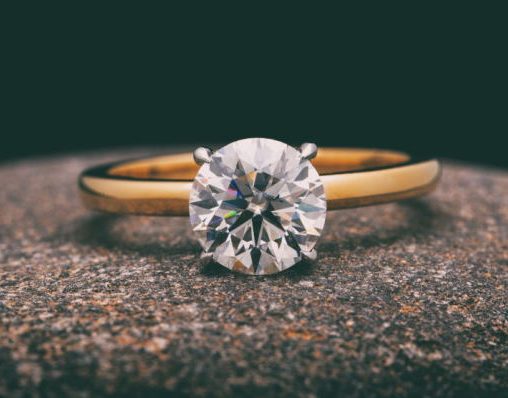One of the first things you’ll need to do is pick out an engagement ring when you get engaged. Traditionally, a diamond ring has been the go-to choice, but there are plenty of other options available these days.
Diamonds have long been the traditional standard for engagement rings, but are they anyone’s best bet? You may think that more choices mean more pickiness, but it provides you with the ability to find a style that fits your lifestyle and budget better than a diamond ever could. Here are alternatives to the diamond engagement ring that may be better betting, after all.
Alternative gemstones to use for engagement rings
Alternative gemstones to use for engagement rings are becoming more popular than ever. However, it can be difficult to decide which type of stone is right for you with so many options available. Therefore, we will explore some of the most popular alternative gems and discuss the benefits and drawbacks of each. We hope that this information will help you make an informed decision about your ring choice.

When you’re picking out an engagement ring, there are a lot of factors to consider. First, of course, you want something that will wow your partner and is unique to them. If you’re looking for something outside of the traditional diamond, here are some alternative gemstones to consider. Each has its meaning and story behind it so that you can find the perfect one for your relationship.
Labradorite is a beautiful gemstone with various colors, including green, blue, and purple. It gets its name from Labrador Island in Canada, where it was first found. Legend says that it was created when the northern lights touched the Earth. This gemstone is associated with strength and protection, making it an excellent choice for an engagement ring.
Beryl is an alternative to diamond and is most commonly referred to as emerald (even though emerald is technically a specific type of beryl, there are other types of beryls besides emerald). Emeralds range from light green colors to darker, more intense greens. They also come in yellowish/green hues known as aqua beryl. There are more alternative gemstones to use for engagement rings and wedding sets that are not on this list, but emerald is the most popular alternative to diamond.
What gemstone is closest to a diamond?
When most people think of diamonds, they think of the gemstones, the hardest and most valuable on Earth. But what many people don’t know is that several other gems come close to matching the diamond in terms of hardness and value.
There are many gemstones on the market that are considered to be “diamond substitutes.” But which one is closest to a diamond in terms of appearance and value?

While diamonds are often considered the most precious gemstones, they are not the only precious option available. Many other gemstones come close to matching the beauty and value of diamonds. Here we will explore some of the most comparable gems on the market so that you can make an informed decision when shopping for jewelry. Whether you’re looking for a replacement diamond or want to explore your options, these gems are sure to impress.
When it comes to diamonds, there are many options out there. So, what’s the best diamond alternative? Here are some popular options:
- lab-created diamonds: these diamonds are created in a laboratory and have the same physical and chemical properties as mined diamonds. They’re also less expensive than mined diamonds.
- synthetic diamonds: these diamonds are also created in a laboratory, but they have different physical and chemical properties than lab-created or mined diamonds. They can be more expensive than lab-created diamonds.
- gemstone simulants: these stones look similar to real gemstones, but they’re made of materials other than minerals.


